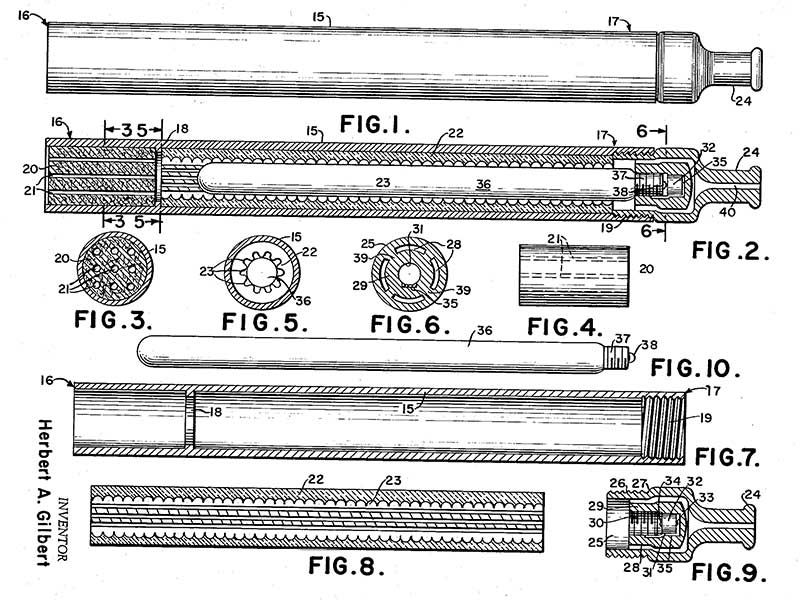Why is teen vaping so popular?

A few minutes every morning is all you need.
Stay up to date on the world's Headlines and Human Stories. It's fun, it's factual, it's fluff-free.
E-cigarettes were first introduced as a “healthy” alternative to cigarette smoking, but now we see teen vaping everywhere we look. From TikTok videos of faces clouded in billows of smoke to viral videos of young people performing vape tricks, teen vaping is immensely popular, even among those who have never smoked a cigarette. In fact, it’s even raised the question of whether or not teen vaping could actually lead more teens to begin smoking cigarettes.
So, why is teen vaping so popular? This question of vaping’s appeal to Millennials and Generation Z is becoming more clear. Because these electronic devices are easily accessible and convenient to use, the amount of vape users – along with the risk factors associated with vaping – is on the rise, especially among teens and young adults. Studies are still finding new data on the pros and cons of vaping, and we’re starting to see the transition to vaping raising questionable concerns.
Teen vaping on the rise
The vaping trend wasn’t really a huge ordeal until the late 2000s when the world started seeing refinements of the very first e-cigarette, a small electronic device designed to mock the sensation of cigarette smoking. Thanks to the original idea in 1963 by Herbert A. Gilbert being later redesigned and modernized by Chinese pharmacist Hon Lik in 2003, a new and more convenient way of getting a nicotine fix hit the market.

A huge wave of modernized e-cigarettes made its way into the market, and researchers soon found that the convenience of this portable six-inch nicotine stick would revolutionize the way people smoke. Studies from the CDC in 2016 showed that one in five high school students and one in fourteen middle school students reported current use of a tobacco product. The study revealed that “in 2016, among current tobacco product users, 47.2% of high school students and 42.4% of middle school students used ≥2 tobacco products, and electronic cigarettes (e-cigarettes) were the most commonly used tobacco product among high (11.3%) and middle (4.3%) school students.”
One of the first visible increases of this portable puff fad was the introduction of Juul, a groundbreaking refinement of the traditional e-cigarette that was sleekly shaped like a USB flash drive. Juul offered a ton of attractive features that beat smoking cigarettes; the device was small, easily rechargeable, didn’t smell like smoke, offered a range of flavors and packed a punch when it came to delivering nicotine.
According to Reuters, the San Francisco Juul developers found a way to deliver nicotine to the bloodstream so efficiently that they even considered features to disable the device at a certain point to prevent excessive dosing. However, these features were never implemented.
The CDC points out that Juul was “one of a few e-cigarettes that use nicotine salts, which allow particularly high levels of nicotine to be inhaled more easily and with less irritation” and mentioned that, according to the manufacturer, a single Juul pod contained as much nicotine as a pack of 20 regular cigarettes.
As tobacco companies realized the attention (and money – lots of money) e-cigarettes were generating, marketers soon found ways to fine-tune the appeal of these devices to increase sales. An endless array of flavors hit stores; everything from Blue Raz Boysenberry to Banana Bread. Aside from the higher levels of nicotine delivered through vaping, one of the biggest interest factors is the variety of flavors available.
Reported reasons checked off for using e-cigarettes, according to the 2016 National Youth Tobacco Survey, were: “used by ‘friend or family member’ (39%), availability of ‘flavors such as mint, candy, fruit or chocolate’ (31%) and the belief that ‘they are less harmful than other forms of tobacco such as cigarettes’ (17%).”
Although companies at the forefront of this new era of vaping said they had no intentions of attracting underage customers, Juul became nationally renowned, including among teens. According to Reuters, company insiders were aware as early as 2015 of the device’s popularity among teens. “Employees started fielding calls from teenagers asking where they could buy more Juuls, along with the cartridge-like disposable ‘pods’ that contain the liquid nicotine.”
After the success of Juul, competitors also seemed to take advantage of the trendy attraction of younger users. A nationwide surge in teen vaping followed. A colorful wave of new vape products and myriad flavors steadily became more popular in the hands of younger crowds. You’ll now see in almost every smoke shop across the US shelves full of colorful, trendy nicotine sticks on sale for the same amount as a pack of cigarettes, if not less.
The question of why teens are so attracted, and in many cases addicted, to this pocket-size device is a hot topic among researchers and scientists exploring the epidemic of teen vaping. Transitioning to vaping from cigarettes is alleged to have better physical results and cause less damage than traditional tobacco use.
However, we see a high percentage of young teenagers beginning their smoking habits with these flavored and highly addictive e-cigarettes, and the negative long term effects and addiction are beginning to show. The question of how much better vaping may be for someone is still under investigation. What was supposed to be a useful tool for the cessation of smoking cigarettes has now become a troubling issue because of just how addictive the product is.
Bonnie Halpern-Felsher, a pediatrics professor at Stanford, told Reuters of the dangers of nicotine addiction on the developing brain: “Rather than your brain getting pleasure from exercising or relationships, your brain becomes rewired to get pleasure from nicotine.” So, as teen vaping continues to rise, it seems the tobacco problem may have been replaced by a younger, more potent one.
Have a tip or story? Get in touch with our reporters at tips@themilsource.com




Comments ()